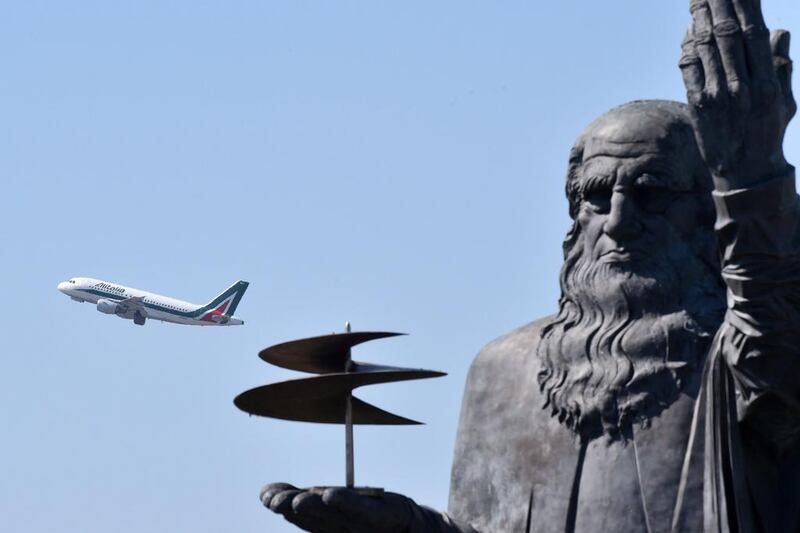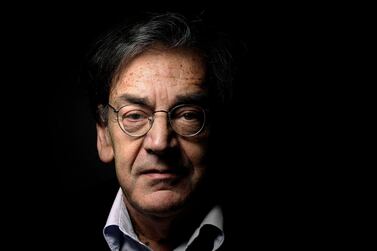French and Italian officials have agreed to put aside political discord to jointly celebrate the life of famed artist Leonardo da Vinci in a gesture of political diplomacy.
French President Emmanuel Macron will host Italian leader Sergio Mattarella along with groups of young French and Italians on May 2 to celebrate the 500th anniversary of the Renaissance artist's death.
Leonardo's celebrations had been one of many sore points between France and Italy in recent weeks, with the Italians accusing the French of trying to hijack the commemorations.
Some politicians suggested demanding the return of Leonardo's paintings lent to the Louvre in Paris, which make up much of the exhibition commemorating the anniversary.
Diplomatic relations between the two European states have been strained. In February, Mr Macron recalled his ambassador to Rome for “consultations”, blaming “baseless attacks and outrageous statements” from the Italian government.
Christian Masset returned to Italy one week later with an invitation for President Mattarella to visit France.
Now the two nations appear to be making up. After a phone call to Mr Mattarella in mid-February, the pair agreed to celebrate the life and works of Leonardo together.
Last week both culture ministers met in Milan and straightened out the issue in a two-hour meeting
Mr Macron appears to be on a mission to repair relations between the two nations, taking to Italian TV and giving interviews in newspapers to present the French point of view.
“There was a misunderstanding,” he told Italian television channel Rai 1.
“There were some excessive statements but these vicissitudes are not serious. We must get over this.”
Leonardo da Vinci was born in Italy in 1452, and died France in 1519. A painter, architect and engineer, his work is synonymous with the Renaissance period.








